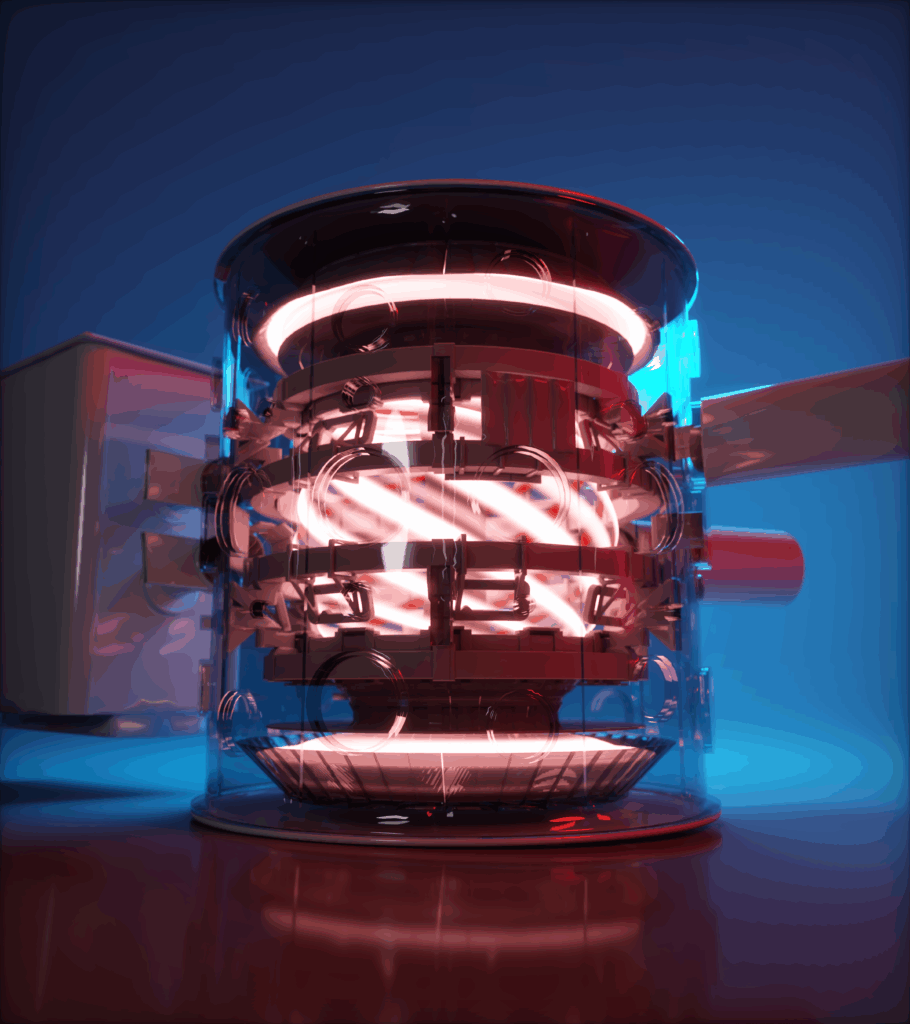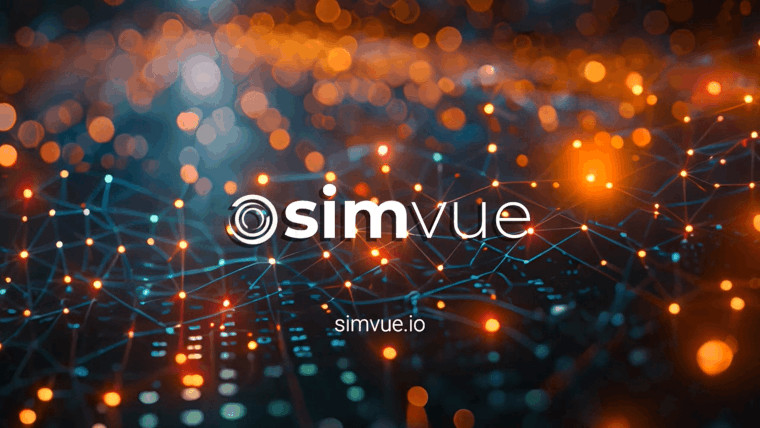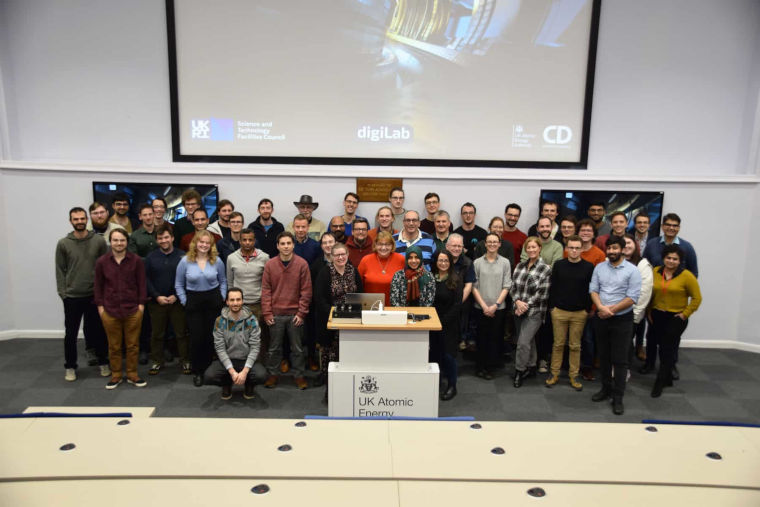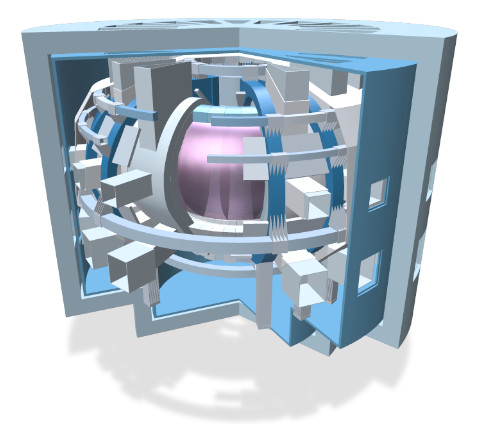Computing
Computing accelerates fusion energy research via modelling, engineering design, materials analysis, and data processing - offering valuable insights to researchers.

Technical discipline
From modelling fusion-grade plasmas to designing the intricate components of fusion machines, our computing expertise accelerates every stage of research and engineering. By harnessing high-performance computing, AI, visualisation techniques and advanced data tools, we help turn scientific ambition into operational reality.
Capability overviews
We run a comprehensive computing programme exploring the use of new technologies to allow faster and more detailed studies of the physics and engineering problems associated with creating sustained and controlled fusion reactions. We are involved in a wide range of projects at the cutting edge of research into applied computing, including but not limited to the following:
- Advanced simulation tools – modelling plasma, materials, and fusion devices
- Novel architectures and cloud computing – accelerating large-scale analysis
- Data management – secure storage, sharing, and access
- AI and machine learning – automating control, and predicting plasma behaviour
- Fusionics – advanced control systems for safe, integrated operations
Research highlights
- FAIR-MAST – UKAEA’s curated fusion data service, expanding to MAST Upgrade and JET
- Fusion Computing Lab (with STFC) – developing a digital twin of a fusion power plant
- AI/ML initiatives – curated datasets driving breakthroughs in plasma and materials modelling
Team expertise
Our team comprises specialists with deep knowledge and hands-on experience across relevant technical domains. Each member brings unique skills, qualifications, and perspectives, ensuring a well-rounded approach to problem-solving, innovation, and delivery. This section outlines the people behind the work and their areas of professional strength.
- Computational Materials and Engineering (CME) – developing scalable digital twins for fusion, using advanced engineering simulation and materials modelling.
- Computational Science (CS) – focusing on plasma physics, developing and applying novel numerical methods and computer architectures to model and accelerate understanding of plasma behaviour in fusion machines.
- Data Solutions (DS) – building a data-driven culture that places high-quality, accessible, and interoperable data at the heart of decision-making across science, engineering, and organisational processes.
- Integrated Software Solutions (ISS) – delivering effective, high-quality software solutions across the organisation, with a focus on research software engineering.
- Enterprise Infrastructure Solutions (EIS) – delivering IT platforms underlying UKAEA research and engineering capabilities and maintaining their security, availability and effectiveness.
- Advanced Control (AC) – designing, implementing and operating the control systems which provide integrated fusion operations.
Case studies
Real-world examples that demonstrate our capabilities in action highlighting the challenge, our approach, and the outcomes achieved.
Platforms and tools
We operate a diverse range of computing platforms and tools in support of fusion research and engineering. We partner with key collaborators globally to provide cutting-edge supercomputing, modelling, visualisation, data management and AI/ML capabilities. We are part of a global network of computing partners.
Software
-
-
FISPACT-II
FISPACT II is advanced nuclear simulation software providing predictive, spectral and temporal simulation methods using comprehensive nuclear data libraries.
-
PROCESS
Fusion Power Plant Systems Codes: We explore the conceptual design and feasibility of a possible fusion power plant.


